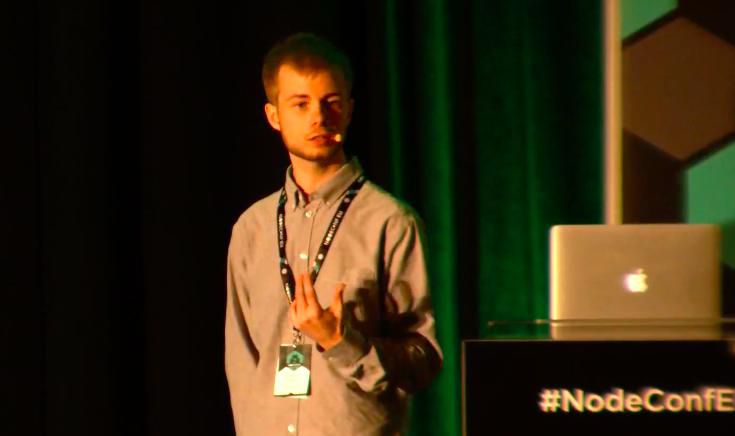

I have a Ph.D. from Mila and Polytechnique Montreal, where I was supervised by Prof. Sarath Chandar and Prof. Siva Reddy. Before that, I was known for being an independent researcher, also working in interpretability. What I've learned during all this time, is that unless we design models to be explained, explanations of such models will only on occasion reflect the true reasoning process of the model. Additionally, I believe that the field must seek out new paradigms for designing such models.
I have been published in ICML, ACL, EMNLP, ICLR, etc., and performed many invited talks and interviews regarding my work and career. For example, I was invited to do the inaugural talk at Cohere for AI. I've also received spotlight awards at ICML and ICLR, for outstanding research work, and industry awards, such as the Technology Radar award.
Before starting my PhD I published in Distill.pub and at ICLR 2020, where I received a spotlight award. Both of these works received much attention, and I wrote a blog post about my life as an Independent Researcher that went quite viral.
My early work includes implementing clinic.js, which has become the de-facto profiling tool in JavaScript and won awards. I was also an open-source contributor in JavaScript. I have helped develop Node.js since 2011 and I was part of several steering committees. Finally, my open-source modules were downloaded 173 million times in 2023.

